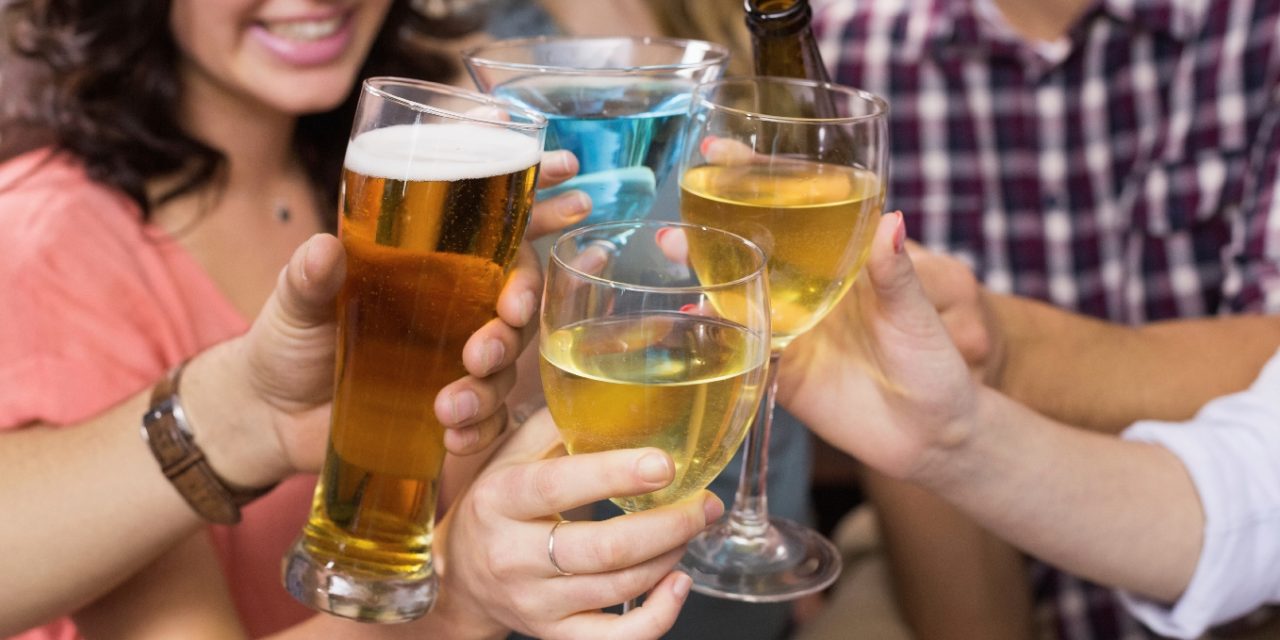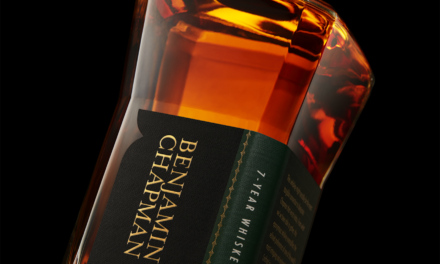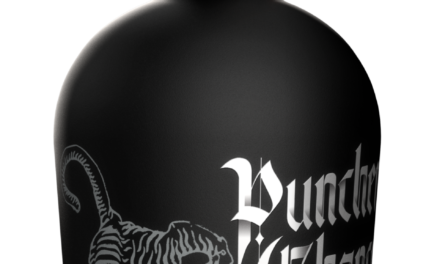
“Millennials are ‘seekers’ who want to try new things.” —Dr. Liz Thach, Sonoma State University
The ingenuity of today’s alcohol beverage industry is fueled by equal parts imagination and enterprise. By looking for inspiration across categories, producers of wine, spirits, brews, and ciders are finding new audiences and creating new marketing opportunities. Before we delve into some successful examples of shared tactics, it’s important to know what’s driving these trends.
According to Liz Thach, Ph.D., professor of wine and business management at Sonoma State University in California, the most likely catalyst is the eclectic palate of millennials, who “want to experiment,” she says. “Millennials are ‘seekers’ who want to try new things.”
Of course, she adds, there are other factors also at play—one of the most powerful being economics. Corporations such as Constellation Brands have been diversifying, adding beer and/or spirits to what were once wine-centric portfolios, and now smaller players are following suit. Another driver is the explosive growth of craft breweries and distilleries. This influx of new artisan producers has led to a roaring fun mixology movement that takes a simple night out (or in) to a higher level.
Here, in no particular order, are a few ways beverage producers, retailers, and marketers are sharing techniques to expand their consumer bases.
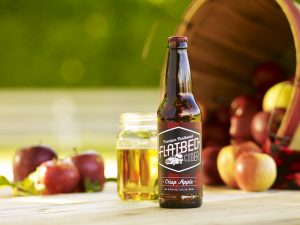
“Cider increases diversity in our portfolio without straying far from what we know best.” —Stephen Rothwell, Ste. Michelle Wine Estates
Branching Out
Like a single sapling that flourishes into a grove, established companies are expanding into new beverage categories. A prime multitasking example is Washington State’s Ste. Michelle Wine Estates, which has stretched beyond wine into the world of cider by launching Flatbed Cider in partnership with Blue Mountain Cider Company in Oregon; the company released its first commercial apple and pear ciders in 2016.
“Cider increases diversity in our portfolio without straying far from what we know best—after all, cider is more closely related to wine than beer,” says Stephen Rothwell, assistant winemaker. “Cider also opens us up to more demographic diversity. Cider is very approachable, and cider drinkers tend to skew younger. We hope some will be introduced to our wines as well.
“A side benefit of cider production is the faster creative pace it fosters,” he continues. “This excitement, at least for me, carries over to wine production and gets me thinking about new fermentation experiments.”
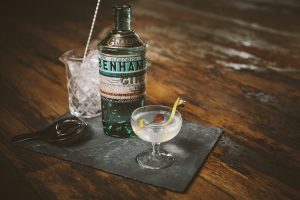
“While these consumers drink more than previous generations, they’re neither brand nor category loyal.” —Tracey Mason, Purple Wine + Spirits
Wine companies are also reaching beyond the noble grape into spirits. Purple Wine + Spirits Company, located in Graton, Calif., was founded in 2001 as Purple Wine Company, producing branded wines as well as custom and private label wines for retailers and restaurateurs. In 2014, company founder Derek Benham expanded his reach via Graton Distilling Company, with plans to produce small lot, artisan spirits (its first release was D. George Benham’s Dry Sonoma Gin). Today, the Purple Wine + Spirits portfolio includes wine brands such as Avalon, Raeburn, Flint & Steel, BEX, and Scattered Peaks, as well as Benham’s gin and Redwood Empire American Whiskey.
According to Tracey Mason, senior vice president of marketing and innovation for Purple Wine + Spirits, expanding into the spirits world has benefited the company in two important ways. “It’s helping to build a stronger relationship with our consumers by increasing the occasions on which they can enjoy one of our brands while, at the same time, giving us a solid platform for cross promotion,” she says.
What’s triggered this move? According to Mason, it’s millennial sippers—hands down. “While these consumers drink more than previous generations, they’re neither brand nor category loyal,” she says. “In addition, the trend toward regionalism and craft has opened up access for increased offerings across categories.”
Keeping pace with these disloyal disrupters is, surprisingly, a good thing, she continues. “Our company has a highly innovative and creative culture that’s always looking for the next big thing,” Mason says. “Our size and private ownership lets us be quick and nimble, while our internal and external infrastructure lets us execute new initiatives in an almost seamless manner.” Mason adds that she expects more companies to adopt a similar “total alcohol solution.”
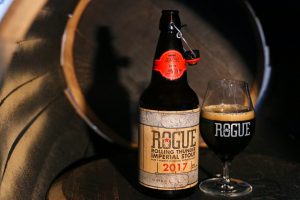
“If you make beer, you’re basically making the beginnings of whiskey.” —Brett Joyce, Rogue Ales & Spirits
Rogue Ales & Spirits in Newport, Ore., was founded in 1988 as a brewery; in 2003, it began making spirits. Today, Rogue makes 35 different brews and four different types of spirits, from gin to whiskey to rum.
President Brett Joyce says the company seized its opportunity to expand in 2003, because there weren’t a lot of small batch distilleries at the time. “We saw that what our customers wanted was more variety, creativity and innovation from their beers, and we thought, ‘Why would it be any different with spirits?’”
Joyce says breweries expanding into the world of spirits is logical in many ways. “If you make beer, you’re basically making the beginnings of whiskey,” he explains. “There are a lot of commonalities, given the understanding of fermentation and distillation. There are some equipment commonalities, as well.”

Environmental storytelling
If corporate America wants the buy-in of digital natives (those who’ve grown up with the internet), it only has to do one thing: Save the world. These tech-savvy consumers, ages 36 and under, have an affinity for products made by environmentally conscious companies—and they’re willing to pay top dollar when they find them. In 2015, the Nielsen Corp. published its Global Corporate Sustainability Report, which revealed 73 percent of millennials surveyed indicated they’re willing to spend more on a product if it comes from a sustainable brand.
Francis Ford Coppola Winery in Geyserville, Calif., recently launched a new brand, Bee’s Box Wines, to show its commitment to the environment. With the motto “Buy a bottle, save a bee,” the winery plans to give 10 percent of sales proceeds to organizations working to protect endangered and threatened bee populations.

“Before our co-founders sold their first bottle of beer, they went on a hike in Rocky Mountain National Park to talk about what kind of company they wanted to create.” —Penn Viervier, New Belgium Brewing
Similarly, Greenbar Distillery in Los Angeles appeals to the environmentally conscious with its pledge to plant a tree for every bottle purchased. The company has made good on that promise since 2008, planting more than 600,000 trees in Central America.
New Belgium Brewing Company in Fort Collins, Colo., has a sustainability blog to keep consumers informed of the company’s earth-friendly initiatives and environmental progress. Jenn Vervier, director of sustainability and strategy, explains the impetus behind its sustainable business practices: “Before our co-founders sold their first bottle of beer, they went on a hike in Rocky Mountain National Park to talk about what kind of company they wanted to create. From that came our first core values and beliefs statement, which we still use today. One of those CVBs was ‘To be environmental stewards.’ That ethos has been in our DNA since day one.”

Catch Their Eye
If you want your product to stand out in a crowded market, striking visuals is a sure way to do it. Today’s beverage labels have evolved far beyond the staid designs of yesteryear and now incorporate everything from humor to artistry—even shock value. Paul Munoz, marketing manager of the Michael David Winery in Lodi, Calif., believes the wine industry initiated the hijinks in labeling, and points to his own company’s 7 Deadly Zins, Freakshow, and Earthquake brands as examples.
“Wine labels helped open the door, but it seems like the beer industry has really taken the ball and run with it,” Munoz continues. “[Beer] seems to push the envelope a little bit more, and it can get away with it because those consumers might not be as conservative or as traditional as a wine drinker.”
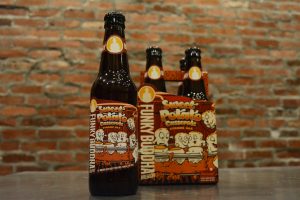 Funky Buddha Brewery in Oakland Park, Fla., is savvy when it comes to packaging. For example, one of its brews, Sweet Potato Casserole, has a cartooned label featuring little marshmallow men taking a Jacuzzi in sweet potato pie filling. Brand Manager Adrian Morales says, “Our clientele of craft beer fans are into that irreverent sense of humor.
Funky Buddha Brewery in Oakland Park, Fla., is savvy when it comes to packaging. For example, one of its brews, Sweet Potato Casserole, has a cartooned label featuring little marshmallow men taking a Jacuzzi in sweet potato pie filling. Brand Manager Adrian Morales says, “Our clientele of craft beer fans are into that irreverent sense of humor.
“Macro breweries saw no reason to infuse humor in the 1950s, ’60s or ’70s. But in the late 1980s, when craft beer came on the scene, smaller breweries didn’t take themselves so seriously. I see a lot of brewers who are willing to poke fun at themselves.”
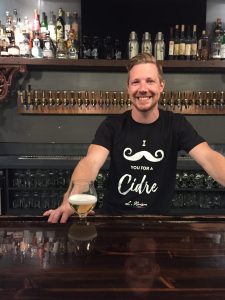
“Cider is a growing sector of the craft beverage movement.” —Kurtis Fenton, Capitol Cider
Tasting Flights
Tasting flights are all the rage, because a line-up of pours is a delectable way for an inquisitive palate to learn. Consumers these days fancy flights of all kinds, and restaurants and taprooms are eagerly offering tasting samplers of beer, cider, and spirits varieties alongside the more expected wines.
The Harpoon Beer Hall in Boston, Mass., offers a flight of any five beers on tap along with its house-baked and beer-boiled pretzel. Samantha Willette, lead beer captain and trainer, says the specialty flights are popular because they offer unique sips only offered at the brewery. “Customers are excited to try a variety of beers,” Willette says. “It’s exciting for people to step out of their comfort zone and learn about new products they may not have been willing to commit to in a full pint.”
Capitol Cider in Seattle, Wash., the largest independent cider bar in the country, has been offering tasting flights for the past two years. “They reflect the current seasonal offerings of the Pacific Northwest ciders, as well as national and international offerings,” says Kurtis Fenton, service manager. “Cider is a growing sector of the craft beverage movement. We want to be at the forefront of building that movement and providing a hub for the Pacific Northwest cider drinker/producer to share as a fantastic product.”

“Some people don’t like wine, some people don’t like beer, and some people don’t like spirits. We cater to what people are asking for by offering everything.” —Kelsey Jepsen, San Diego Beer Wine & Spirits Tours
Bring Tasters Together
Meet the “palate traveler,” a curious consumer who wants to taste beverages at the source. This trend has given rise to multi-faceted beverage tours. Kelsie Jepsen, operations manager of San Diego Beer Wine & Spirits Tours, explains: “Some people don’t like wine, some people don’t like beer, and some people don’t like spirits. We cater to what people are asking for by offering everything.”
Craft Beverage Yakima, a trade group in Washington State that promotes local wine, spirits, brews, and ciders, offers an inclusive map on its website to guide tourists on multi-beverage tasting adventures. Jessica Moskwa Hawkins, a spokeswoman for the group, says it makes sense to embrace all the region’s beverage-makers.
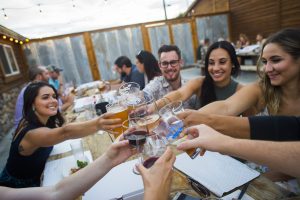
Craft Beverage Yakimaoffers an inclusive map on its website to promote local wine, spirits, brews, and ciders
“Most people don’t consume just one type of beverage. Rather, it’s wine at dinner, beer at picnics, or cocktails at parties,” she says. “With many couples, one person prefers wine and the other beer, cider, or spirits. Why not make everyone happy?”
Finding Common Ground
By reaching across categories and adapting bold ideas to fit their individual business model, beverage companies are creating a synergy of ingenuity. There’s no telling how far the cross-pollination can ultimately go. But one thing’s certain: When it comes to the beverage industry right now, clever is the new normal.

